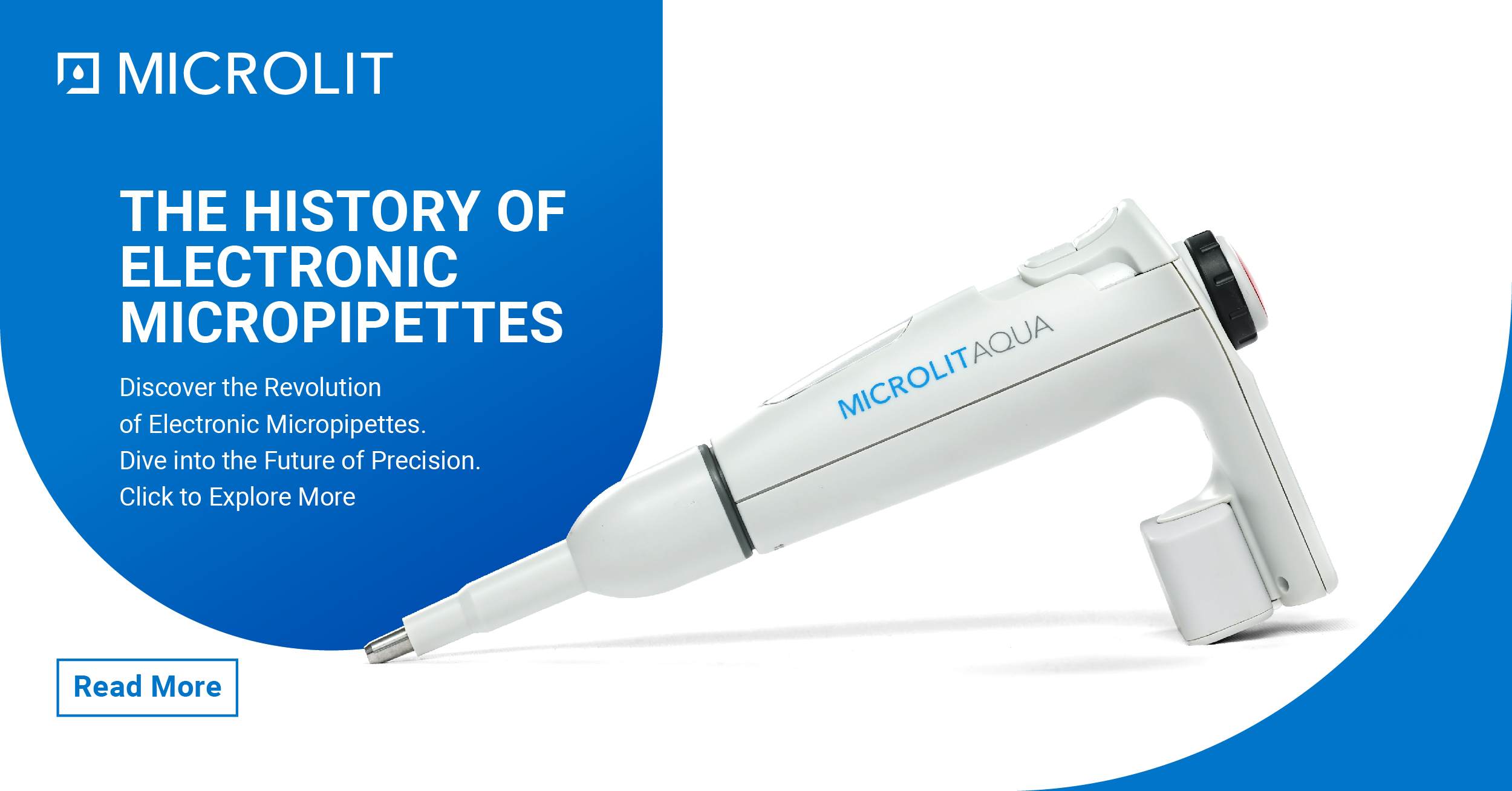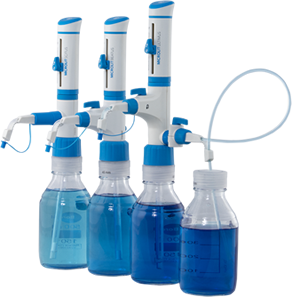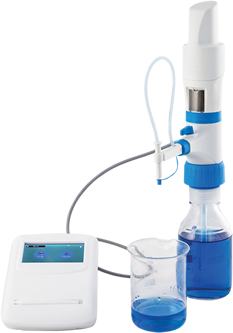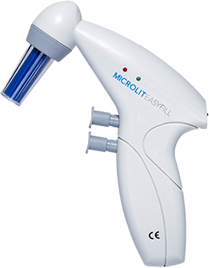In the intricate world of laboratory equipment, the role of micropipettes such as the Microlit tablet, stands unparalleled in enabling precise and accurate liquid handling. Over the years, these indispensable tools have undergone a transformative journey, especially with the advent of electronic micropipettes, revolutionizing the way researchers, scientists, and technicians handle minute volumes in their experiments. In the past, mouth pipetting was commonly used in laboratories, but modern pipetting technologies have significantly reduced the need for this method due to safety and efficiency improvements.
Early Beginnings: Traditional Micropipettes
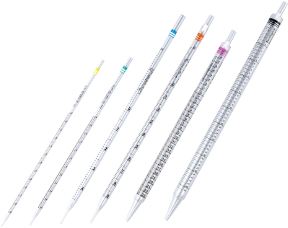
Before the electronic era, laboratories relied on traditional micropipettes, primarily made of glass and operated manually. The 1950s marked a significant shift with the introduction of the air-displacement pipette by Dr. Heinrich Schnitger. This innovation, which utilized an air cushion to displace the liquid, set the foundation for the modern micropipette.
The Birth of Electronic Micropipettes
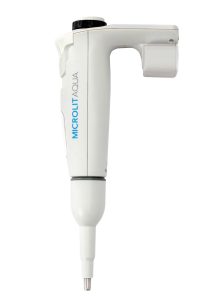
The turning point in liquid handling technology came with the emergence of electronic micropipettes, such as those developed by Microlit in the late 20th century. The collaboration of engineering precision and scientific requirements led to the development of electronic systems that offered greater accuracy, precision, and ease of use compared to their manual counterparts.
Mouth Pipetting
While traditional micropipettes have paved the way, modern practices discourage mouth pipetting due to safety concerns and the availability of advanced technologies like the Microlit tablet. Electronic micropipettes, like those from Microlit, provide a safer and more efficient alternative, eliminating the risks associated with mouth pipetting.
In summary, the evolution of micropipettes, from traditional glass ones to advanced electronic versions like the Microlit tablet, has significantly enhanced the accuracy and efficiency of liquid handling in laboratories. The collaboration of technology and scientific innovation continues to shape the landscape of research and experimentation.
1990s: The Era of Digital Advancements
The 1990s witnessed a surge in technological advancements, and the field of micropipettes was no exception. Electronic micropipettes integrated digital displays, enabling users to set and adjust volumes with ease precisely. This digital revolution significantly enhanced the reproducibility and accuracy of experiments, leading to more reliable results.
Pipetting Precision: The Impact of Electronic Mechanisms
Electronic micropipettes incorporated innovative mechanisms, such as stepper motors and electronic sensors, facilitating controlled aspiration and liquid dispensing. This not only improved accuracy but also reduced the risk of repetitive strain injuries often associated with manual mouth pipetting.
The Rise of Multichannel and Programmable Micropipettes
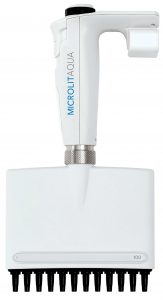
As the demand for efficiency and throughput grew, so did the need for multichannel electronic micropipettes. These instruments allowed simultaneous aspiration and dispensing from multiple channels, expediting workflows and significantly increasing productivity in high-throughput laboratories.
Additionally, the integration of programmable features in electronic micropipettes marked a milestone in experimental customization. Researchers could now program specific liquid-handling protocols, automating repetitive tasks and ensuring experiment uniformity.
Advancements in Ergonomics and User Experience
Beyond functionality, the focus shifted toward improving the user experience and ergonomics of electronic micropipettes. Manufacturers began designing pipettes with ergonomic shapes and intuitive interfaces, aiming to reduce hand fatigue and enhance user comfort during prolonged use.
Modern Innovations: Connectivity and Data Logging
In recent years, electronic micropipettes have entered the realm of connectivity. Integration with laboratory information management systems (LIMS) and software solutions allow for data logging, traceability, and the seamless transfer of pipetting protocols, further streamlining laboratory processes.
Moreover, Bluetooth-enabled micropipettes have emerged, enabling wireless connectivity to laboratory devices, smartphones, or tablets. This connectivity facilitates remote monitoring, tracking, and sharing of pipetting data, fostering collaboration and efficiency in research environments.
Future Trends and Expectations
As technology continues to advance, the future of electronic micropipettes holds exciting possibilities. Emerging trends indicate the integration of artificial intelligence (AI) and machine learning algorithms to optimize liquid handling protocols, predict user preferences, and enhance error detection and correction.
Furthermore, the exploration of novel materials, such as advanced polymers and nanomaterials, aims to improve the durability, precision, and sustainability of electronic micropipettes while reducing their environmental footprint.
Paving the Way for Precision in Science
From humble beginnings with glass pipettes to the sophisticated electronic systems of today, the evolution of micropipettes embodies a commitment to precision and accuracy in scientific endeavors. The journey of electronic micropipettes reflects a fusion of scientific innovation and technological progress, empowering researchers worldwide to push the boundaries of discovery and knowledge.
As these essential tools continue to evolve, the future promises greater efficiency, connectivity, and precision, paving the way for groundbreaking discoveries in the ever-expanding landscape of scientific exploration. Mouth pipetting is now largely obsolete, with electronic micropipettes providing safer and more accurate liquid handling solutions.
Microlit AQUA Electronic Pipette: A New Era of Precision
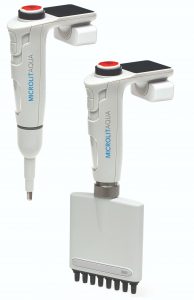
Microlit AQUA stands out as a versatile electronic volumetric pipette engineered for precise and secure liquid handling. Tailored to meet diverse needs, it excels in measuring and transferring liquid volumes, spanning from an impressive 0.1 µL to 10,000 µL across its various models. Available in single-channel and Multichannel versions (8-channel and 12-channel), these electronic micropipettes prioritize convenience with their compact, lightweight design achieved through a detachable rechargeable battery, enhancing portability without compromising on performance.
Features of Microlit AQUA
- External Detachable Rechargeable Battery
- Stainless Steel Tip Cone
- Speed Selection Mode
- Internal Storage Memory
- Linear Stepping Motor System
- Comfortable Grasping with Ergonomic Design
- Large Easy-to-Read Display
- Adjustment Wheel
- 12 Unique Modes of Operations
- Soft Keys for Programming
To know more about Microlit AQUA Electronic Micropipettes or to order this product, visit https://www.microlit.us/
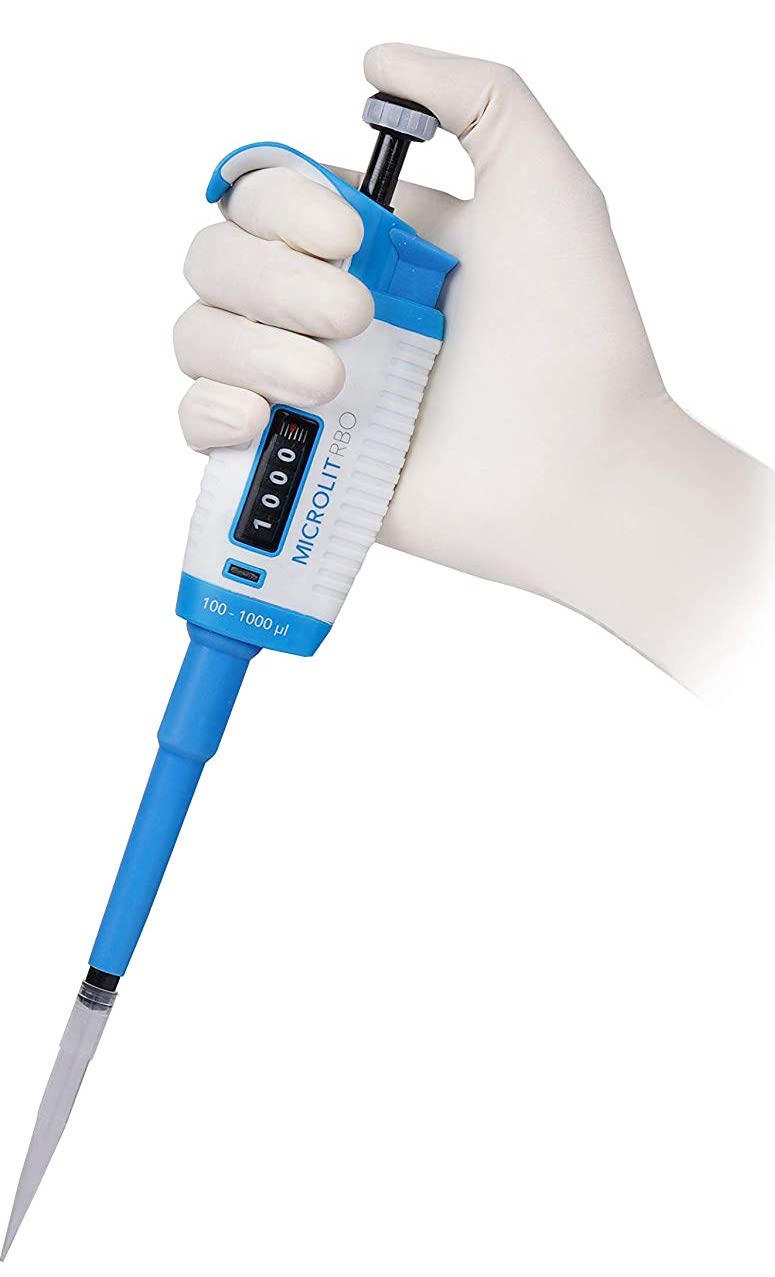





 3066
3066